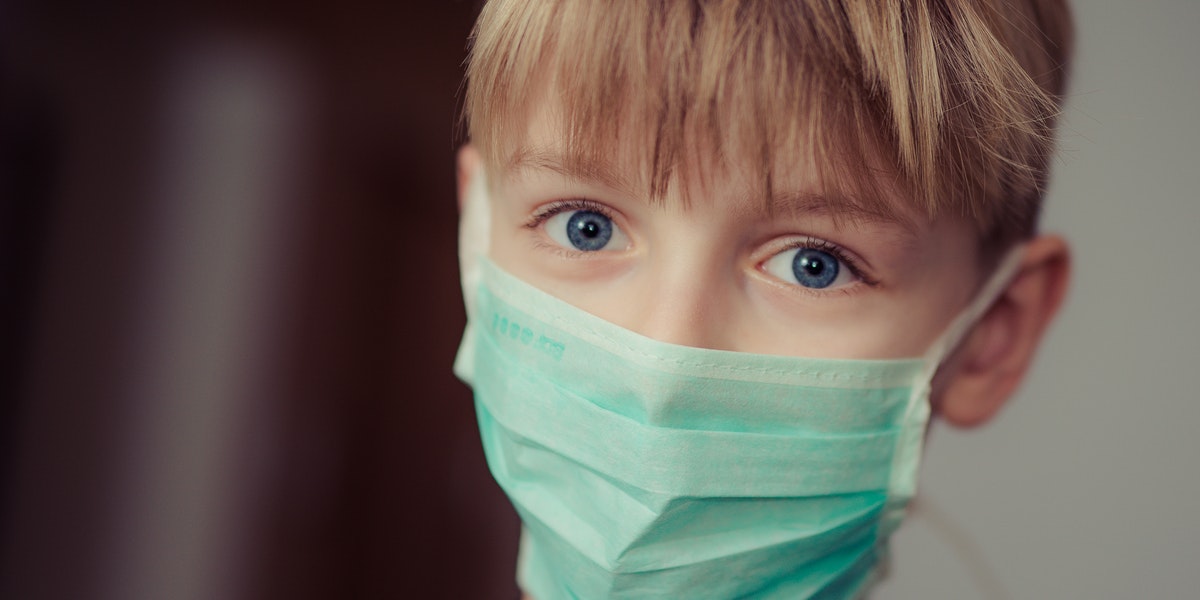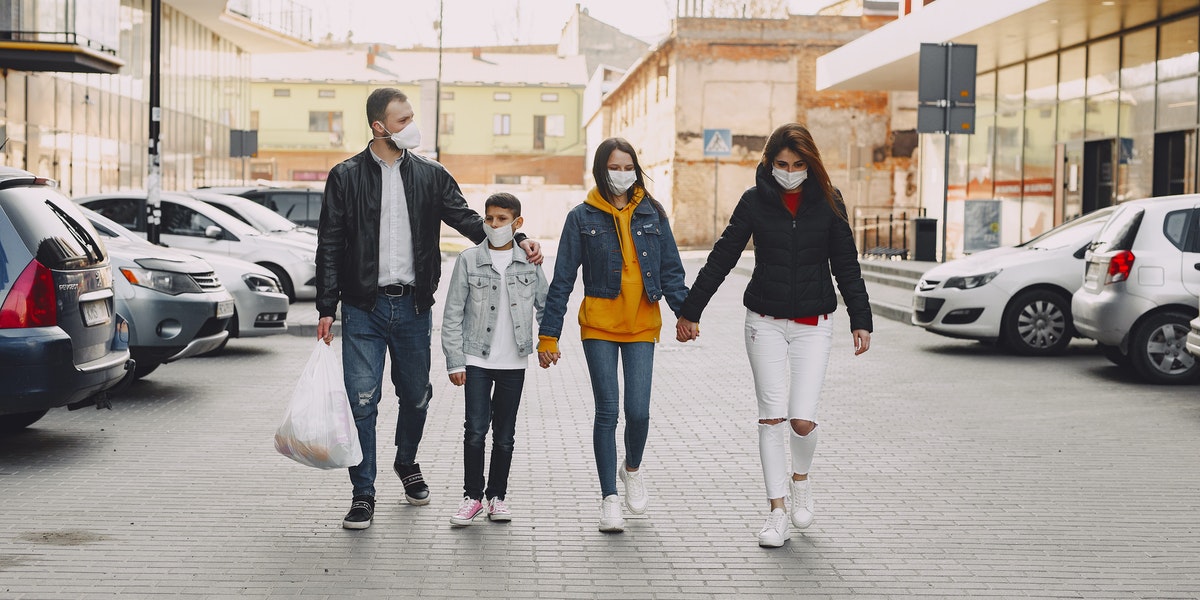Numerous states and territories have mandated or encouraged citizens to wear masks in an effort to slow the spread of COVID-19. Masks are an important tool in protecting people of all ages from infectious diseases. However, not everyone has an easy time wearing a mask. For instance, medically complex children aren’t always able to keep a mask on, especially for long periods of time.
Let’s take a look at who should and shouldn’t be wearing a mask, what types of masks to use and how to handle unique situations like hearing aids and trachs.
What is the Purpose of Wearing a Mask?
Because COVID-19 is a new strain of the coronavirus, most people don’t have antibodies to it. This means that people can get very sick if they catch the virus. Until more people are vaccinated and more medications are available, wearing a mask is one of the best defenses we have against COVID. Is it perfect? Certainly not. But it’s the single most effective intervention we currently have available.
Some masks, like N95 masks, filter out infectious particles as well. These masks offer more protection for the person wearing them. Cloth masks, on the other hand, offer some protection depending on the material, fit and design. Knowing this, remember that wearing a mask (and asking others to wear one) is a helpful way to protect your child from infectious diseases.
Does My Medically Complex Child Need to Wear a Mask?
When your child wears a mask, it does protect them to some degree from airborne infectious diseases. This is why the American Academy of Pediatrics (AAP) recommends that most children wear masks if they can. The only exceptions are:
- Newborns, infants and toddlers under the age of 2
- Children with behavioral or developmental conditions who might choke on the mask
- Children with certain medical conditions, particularly those that make it difficult to breathe
- Children who cannot physically remove the mask on their own
- Children who cannot stop touching the mask, as this will increase the risk for infection (this mostly affects children with behavioral or developmental conditions)
What Type of Mask Should My Child Wear?
Most children, even those who are medically complex, can wear a simple cloth mask made from home or purchased from a store. Once again, the purpose of mask wearing is to protect others from your germs. If your child coughs or sneezes, the mask will collect their secretions and protect others from getting sick.
The AAP does recommend a surgical N95 mask for children who are medically complex or immune compromised. However, these masks are difficult to obtain, especially in small, child-friendly sizes. Nevertheless, if you can get your hands on these masks from a pediatric home healthcare agency, it’s encouraged for your child to wear them.
When Should Masks be Worn?
Have your child wear a mask any time they are out in public and unable to maintain a six-foot distance. Your child does not need to wear a mask at home, when playing outdoors or in wide, open areas.
Many families with medically complex children stay home as much as possible and only require their child to wear a mask when visiting doctors or working one-on-one with pediatric nurses. If your family can do this, it’s the best approach. Stay home when you can and avoid crowded places, as masks only help so much.
What About Special Circumstances for Mask Wearing?
Wearing a mask in public may seem like a simple thing, but it’s not that easy for all families. Fortunately, there are plenty of resources online for the parents of medically complex children. For visual learners, check out this YouTube video or this social story. Both do a great job of explaining the importance of mask wearing.
Here are some special situations that may require different mask wearing:
- Children with hearing aids. Children who can’t wear a mask over their ears have a couple of different options. They can try a mask with two elastic bands that wrap around the head or a hat with buttons to hold the mask.
- Children with trachs. As long as it doesn’t affect their breathing, children with trachs should wear a facemask and a secondary cloth covering over their trach. Children on ventilators can add filters to their circuits to protect others.
- Children with sensory issues. Be patient until you find something your child can tolerate. Experiment with different materials and securement styles to see what your child likes, though you’ll likely have to limit mask wearing as much as possible.
- Children with developmental disabilities. A child with developmental disabilities can learn about mask wearing through videos and social stories. They can also practice putting a mask on their stuffed animals or dolls.
Stay Home When You Can: It’s the Best Option!
For children who are medically complex, the best option is to stay home as much as possible. But as we know, it’s not always this easy. Your child might have siblings who attend school or play with other kids in your neighborhood.
Additionally, you may have a pediatric nurse who visits your home and brings in outside germs. This is why it’s important to encourage mask wearing whenever anyone in your family is out and about. Handwashing and disinfecting surfaces is also crucial in protecting medically complex kids from infectious diseases.
Continuum Pediatric Nursing: We Wear Masks and Screen All Nurses
At Continuum Pediatric Nursing, all pediatric nurses are regularly screened for COVID and always come prepared with a brand new mask. We take the pandemic very seriously, as we know that we are working with some of the most vulnerable patients. If you have questions or concerns regarding the protocols we are currently following, feel free to reach out to our agency. Your child’s health and safety is our top priority.

